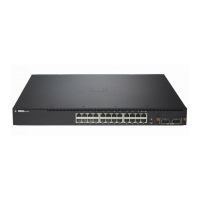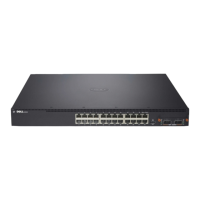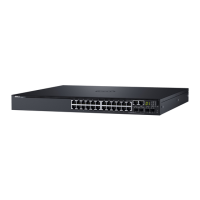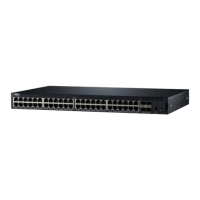Managing a Switch Stack 151
LAG members that remain up. If a LAG is left with no active members, the
LAG goes down. To prevent a LAG from going down, configure LAGs with
members on multiple units within the stack, when possible. If a stack unit
fails, the system can continue to forward on the remaining members of the
stack.
If your switch stack performs VLAN routing, another way to take advantage of
NSF is to configure multiple “best paths” to the same destination on
different stack members. If a unit fails, the forwarding plane removes Equal
Cost Multipath (ECMP) next hops on the failed unit from all unicast
forwarding table entries. If the cleanup leaves a route without any next hops,
the route is deleted. The forwarding plane only selects ECMP next hops on
surviving units. For this reason, try to distribute links providing ECMP paths
across multiple stack units.
Why is Stacking Needed?
Stacking increases port count without requiring additional configuration. If
you have multiple PowerConnect switches, stacking them helps make
management of the switches easier because you configure the stack as a single
unit and do not need to configure individual switches.
Default Stacking Values
Stacking is always enabled on PowerConnect 7000 Series switches. By default,
the CX-4 ports are in stacking mode, not Ethernet mode.
NSF is enabled by default. You can disable NSF in order to redirect the CPU
resources consumed by data checkpointing. Checkpointing only occurs when
a backup unit is elected, so there is no need to disable the NSF feature on a
standalone switch. When a new unit is added to the stack, the new unit takes
the configuration of the stack, including the NSF setting.
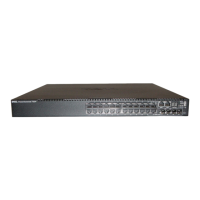
